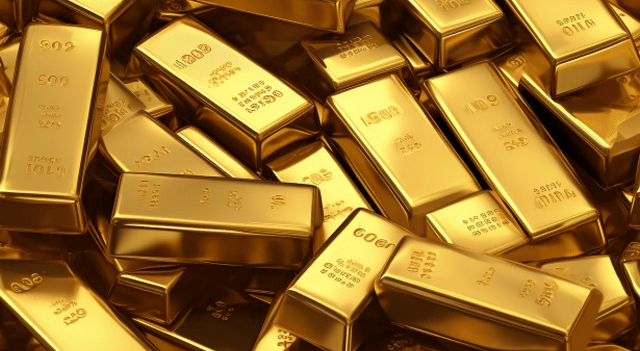The powerful upswing in gold prices appears to be losing some momentum, with technical indicators suggesting the rally may be approaching its peak, according to analysts at Deutsche Bank. The September–October advance has now stretched to 29 trading sessions — notably longer than the historical median of 18–19 days.
Michael Hsueh, analyst at the bank, observed that this rally has been characterized by a rare mix of strong directional movement and subdued volatility, a dynamic that has likely favored systematic and trend-following investors. A recent uptick in realized volatility, however, indicates that this favorable environment may be starting to fade.
Hsueh emphasized that this should not be seen as a signal of an imminent selloff. He pointed to the June–August period as a useful comparison, when gold paused without suffering any significant correction. He also noted that fair value models have climbed by $260–290 per ounce since early August, offering a cushion even as spot prices have gained nearly $700.
A key difference in this rally compared to earlier in the year is the strong participation of other precious metals. Silver has surged to $51 per ounce, supported by “record lease rates on Friday at 20% for 3-month silver,” while palladium has rebounded after a long stretch of underperformance in 2025. According to Hsueh, this broader move is more consistent with historical behavior, suggesting the gold-only rally earlier this year was the anomaly.
While futures positioning data remains unavailable due to the U.S. government shutdown, ETF flows point to slower buying rather than outright selling.
Hsueh also referenced a leaseback transaction involving tied-up gold inventory by Umicore but cautioned against overinterpreting it. “In describing the decision, Umicore noted that historically stable lease rates mean that their annual lease costs ‘will be more than offset by reduced financing costs’,” he said.
Looking ahead, Hsueh believes the gold-to-WTI ratio still has upside potential, projecting it to move toward the 72–73 range. That could happen through gold advancing toward $4,450 per ounce or crude oil sliding toward the bank’s $55 per barrel forecast for 2026.
This content is for informational purposes only and does not constitute financial, investment, or other professional advice. It should not be considered a recommendation to buy or sell any securities or financial instruments. All investments involve risk, including the potential loss of principal. Past performance is not indicative of future results. You should conduct your own research and consult with a qualified financial advisor before making any investment decisions.
Some portions of this content may have been generated or assisted by artificial intelligence (AI) tools and been reviewed for accuracy and quality by our editorial team.
